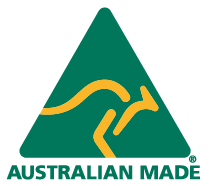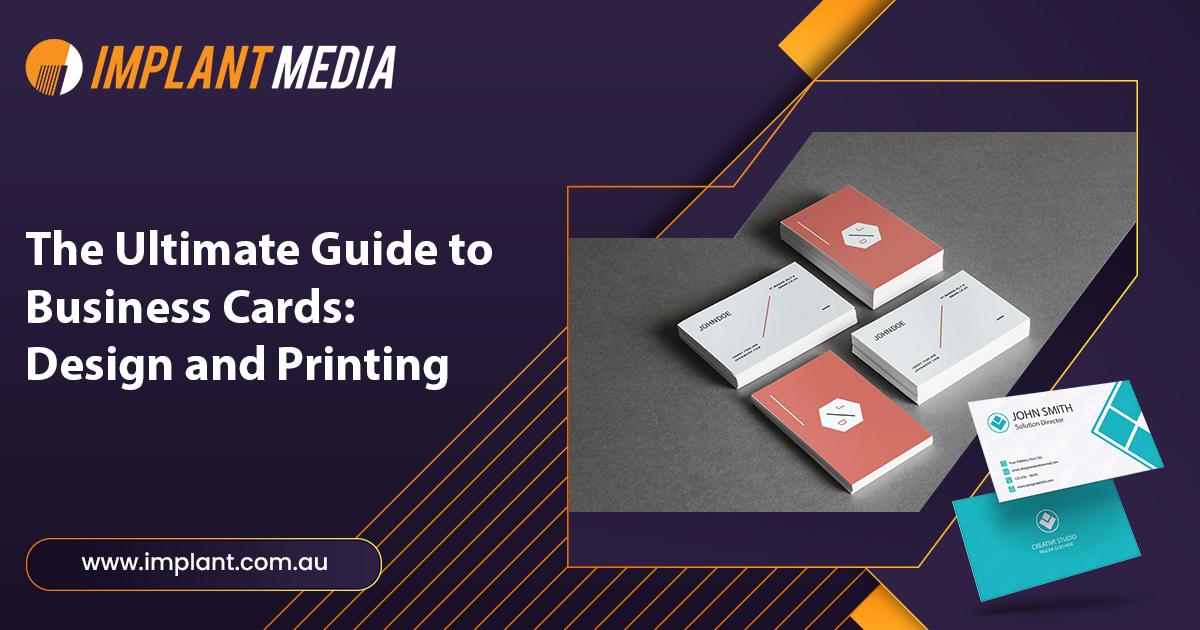Business cards are not just an identity of your brand but also a fantastic promotional tool that can make your business stand out from the market, present your business to the entire world and make the customers remember you.
Are you looking for a pocket promotional tool to set your brand apart from your competitors, turn passing strangers into lifelong clients, and leave a lasting impression on their minds? This blog is just the one for you.
What is the Primary Goal of Designing Cheap Business Cards?
- Designing inexpensive business cards is mostly about producing functional, eye-catching, cost-effective cards without sacrificing quality.
- The goal is still to project professionalism, represent the corporate identity, and enable efficient networking even with a constrained budget.
- Even with their low cost, cheap business cards should leave a lasting impression, convey essential details about the company, and establish and preserve relationships with partners, customers, and future clients.
- Thus, the main objective is to attain cost-effectiveness while ensuring the business cards successfully serve their intended function.
Innovating Business Cards From Vision to Reality
Here is an extensive guide on transforming your business cards into a promotional tool:
Purpose and Target Audience-based Design
A business card is designed to promote networking, brand awareness, and quick exchange of contact information. It acts as a physical representation of a company’s or professional identity. Business cards are intended for clients, partners, prospects, and anybody they want to build or maintain a professional connection with. The card’s design and information must be tailored to the target for effective communication.
Card Design Elements

Business card design includes adding a logo for brand identification, picking a colour palette that matches the company’s personality and industry standards, using clear and readable typefaces for contact information, and keeping white space for a clean and professional appearance. High-quality photos and graphics should improve visual appeal and create a professional look.
Include Important Information
Business cards should include important information such as your entire name or company name, job title or designation, phone number, email address, and website URL. Optionally, include social media accounts, a physical location, and a QR code for digital engagement. By providing simple and relevant information, recipients could contact you and learn more about your business or professional profile.
Layout and Size
The usual size for business cards is 3.5 x 2 inches, but you can choose customized sizes or shapes for a distinct appearance. When developing the layout, keep information organized well for simple reading. Prominently place essential information such as your name, work title, and contact information. Use whitespace intelligently to create a balanced and visually appealing design. Experiment with multiple layouts until you discover one that best represents your brand and style.
Graphic Design Tools
Adobe Illustrator, Photoshop, and Canva are popular graphic design programs for business card layouts. These platforms provide various functionality, templates, and customization choices to meet varied design requirements. You can quickly combine high-resolution photographs, graphics, and fonts into appealing, professional business cards. These tools also enable layout optimization and ensure that the final design adheres to your branding guidelines.
Printing Considerations
When printing business cards, choose high-quality cardboard weighing 300gsm or above for longevity. Choose offset printing, digital printing, and letterpress, depending on your budget and desired finish. Use extra matte, gloss, or textured finishes to increase visual appeal. It’s also crucial to proofread the design before printing to guarantee correctness and clarity and to print a small batch for quality control before mass production.
Proofreading and Review
Proofreading and revision are critical in ensuring your business cards are accurate and professional. Before finishing the design, review all text and material to ensure no spelling or grammar issues. Examine the layout to verify that all pieces are well-aligned and ordered for clarity and visual impact. It is also beneficial to solicit input from colleagues or peers to gain an outside perspective on the design and content. Making changes based on comments and performing a final review before printing can help you develop professional and error-free business cards.
Consider Digital Business Cards
Online business cards provide a digital alternative to traditional printed cards, making networking more straightforward and ecologically responsible. Platforms like Canva, Vistaprint, and Moo offer simple templates for creating digital business cards. These cards may have interactive aspects, such as clickable links to websites and social media accounts, making communicating easier for recipients. They may also be quickly shared via email, social media, and messaging applications, expanding your reach and possibilities for networking.
Printing and Distribution
After completing the design and checking correctness, print a small number of business cards to test for quality. Select a reliable printing provider that uses high-quality material and printing procedures. After printing, strategically distribute your business cards at networking events, seminars, conferences, and other appropriate chances. Consider including them in mailings, placing them at local companies, and handing them out during introductions to increase exposure and networking possibilities.
Regularly Update Your Business Cards
Regularly update your business cards to reflect any changes in contact information, job titles, or branding. Ensure that all information remains accurate and relevant to your current professional status. Periodically review and refresh the design to keep it modern and aligned with your brand identity. By staying up-to-date with your business cards, you present a consistent and professional image to clients, partners, and prospects, enhancing your credibility and brand perception.
Final Thoughts
Developing and printing business cards is essential to professional networking and branding. You can produce effective business cards by focusing on helpful design components, providing crucial information, and using the appropriate tools and printing concerns. Regular updates and targeted distribution increase their efficacy in making relationships and leaving an impact on receivers.
In Australia, Implant Media leads the top business card printing industry. We print business cards and charge an affordable price for our finest services. If you follow everything as per this blog, your business card will become an effective tool for establishing connections and leaving a lasting impression.
Our team of experts will help you with every step, from planning to designing gorgeous but professional business cards to providing expert advice and recommendations on making a lasting impression.



